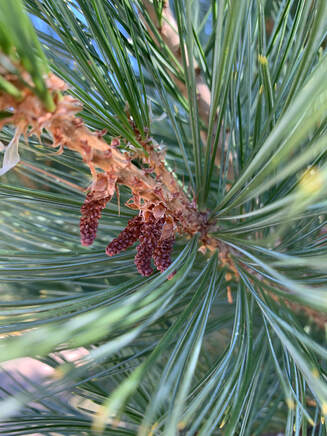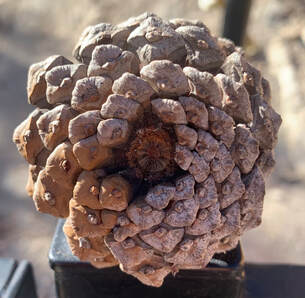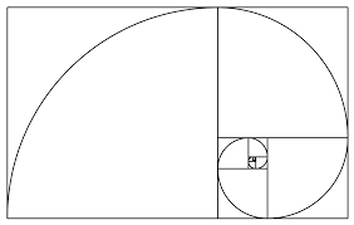Fibonacci, an Italian Mathematician, was not the first person to discover the number patterns in Nature, but he was most likely the first to publish the information and have his documentation accepted (Just putting this out here). What was documented were patterns in Nature, in the growth patterns of animal populations, or even in the number of petals of a flower to the Pine needles in a cluster.
|
AuthorI am not the first, nor the last of expressing and sharing the beauty of mathematics in Nature. What I will share in this blog are thoughts, experiences, and lessons learned to validate life, both human and botanical, living mathematically. Archives
September 2021
Categories
All
|




 RSS Feed
RSS Feed
